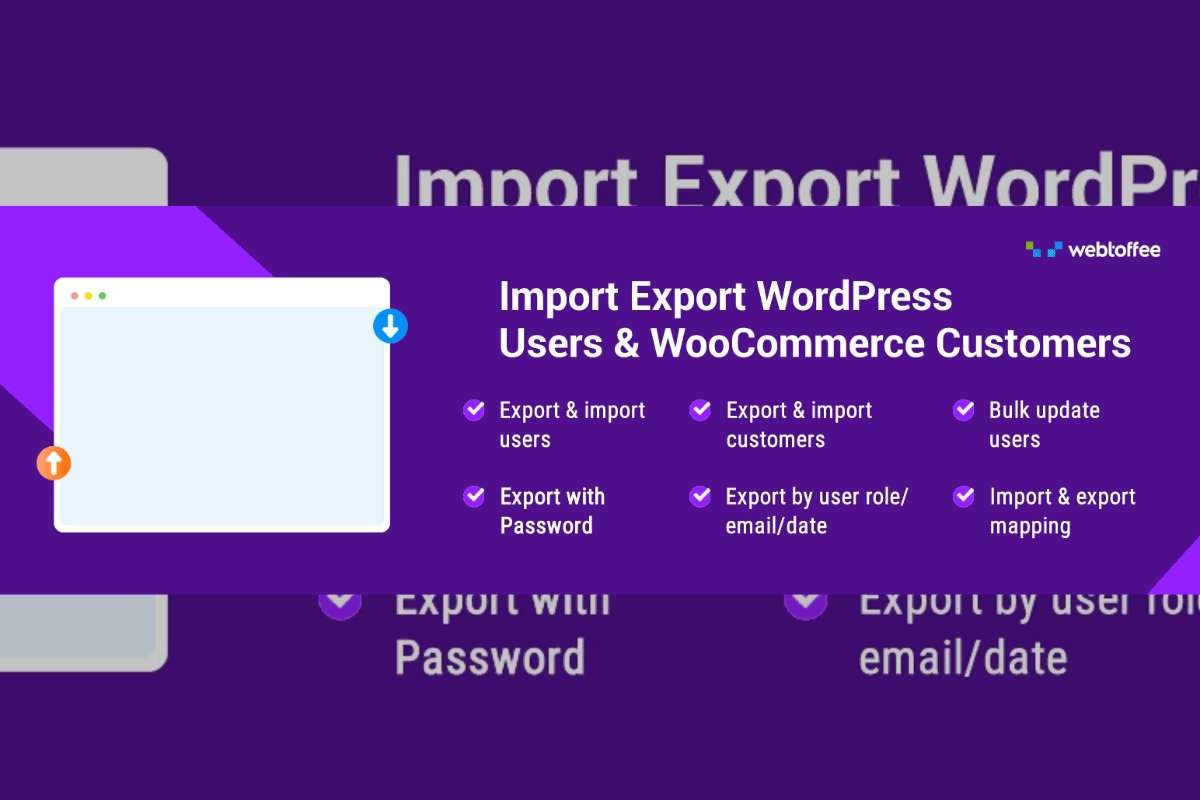( Source-pexels.com_.jpg)
The semiconductor sector currently thrives, propelled by the adoption of innovative technologies such as 5G, artificial intelligence, and electric vehicles. Recent figures reveal semiconductor sales soared to $149.9 billion in the second quarter of 2024, a substantial 18.3% increase year-over-year. This marked growth underscores the necessity for organizations to adopt forward-thinking approaches to procure top-tier semiconductors. This article delineates strategic measures to proficiently steer through this burgeoning industry.
Tips to Help You Get Your Hands on High-Quality Semiconductors
1. Staying Ahead with Industry Regulations and Standards
Semiconductor operations are tightly bound by rigorous regulations that mandate superior product quality and safety. Keeping abreast of these regulations is essential to circumvent compliance disruptions that could impede supply chains. Consistently staying on top of semiconductor news and industry updates offers crucial knowledge on evolving standards, preparing businesses for imminent shifts impacting their operations. Additionally, staying updated through these channels can streamline the process of identifying reputable retailers from which to source High-Quality semiconductors. Educating procurement and legal personnel continually is critical in maintaining alignment with global standards and certifications.
Differences in regulatory landscapes across various regions encompass a spectrum of environmental directives, safety protocols, and quality standards. Active engagement in industry seminars, subscription to regulatory newsletters, and dialogue with legal consultants are proactive strategies to remain informed. Such diligence not only averts legal entanglements but also bolsters a company’s standing as a conscientious and reliable entity in the semiconductor supply ecosystem.
2. Enhancing Supplier Partnerships

Cultivating robust alliances with semiconductor providers is paramount for securing a steady supply chain. This transcends basic transactional dealings, aiming to forge enduring partnerships anchored in reciprocal trust and collaborative efforts. Periodic discussions with suppliers about specific requirements, projected demands, and anticipated standards for product excellence and timeliness foster a synergistic environment.
Furthermore, structuring contracts that provide adaptability and dependability is advantageous.
These agreements might include terms for adjusting order volumes, prioritizing dispatches, or imposing sanctions for shipment delays, serving as safeguards in fluctuating supply chain conditions. Deeply understanding a supplier’s operational conditions, hurdles, and skills is crucial for crafting deals that benefit all involved, thereby guaranteeing a reliable semiconductor supply.
3. Widening Supplier Networks
Relying on a single semiconductor supplier introduces significant risks, especially in a sector vulnerable to disruptions from international political tensions, natural disasters, and economic shifts. Widening your network of suppliers distributes these risks among various parties. This strategy not only fortifies the robustness of your supply chain but also encourages providers to compete, which drives them to enhance their offerings and product quality.
The process of evaluating and interacting with potential suppliers should be continuous, focusing on their economic stability, quality of manufacturing, and consistency in deliveries. Building relationships with a variety of suppliers ensures alternative sources are available should your main supplier encounter issues. Additionally, an expanded network of suppliers enhances your negotiating clout, prompting vendors to present more advantageous terms and competitive pricing to attract your patronage.
4. Advancing Supply Chain Management through State-of-the-Art Technologies

Technological breakthroughs have significantly altered supply chain management, augmenting the clarity and governance of operations. Implementing systems that provide instantaneous visibility into inventory levels, the progress of orders, and the performance of suppliers enhances strategic decision-making and operational efficacy. Cutting-edge technologies such as IoT, AI, and blockchain play indispensable roles in the efficient management of complex supply chains.
For instance, IoT devices can monitor the real-time status and conditions of products, providing precise data. AI utilizes this data to predict potential bottlenecks and optimize supply chain logistics. Blockchain ensures a secure, transparent framework for transaction management and product provenance verification, minimizing fraud risks. Investing in these technologies enables companies to operate more responsive and efficient supply chains, reducing delays and preventing shortages.
5. Committing to Comprehensive Quality Assurance

Implementing a layered approach to quality assurance is critical for ensuring that sourced High-Quality semiconductors align with your requirements. This approach should include both suppliers’ internal tests and independent verifications. Establishing stringent quality protocols, such as batch testing or random inspections, confirms that every shipment adheres to your specifications.
Applying rigorous quality controls throughout the supply chain is essential for upholding high standards. This involves inspecting materials upon receipt, conducting extensive tests during production, and executing final inspections before dispatch. Promoting a quality-centric culture within your organization and throughout your supply chain fosters continual enhancement and accountability. Investments in cutting-edge testing equipment and comprehensive training for your quality assurance team further amplify your capacity to promptly identify and resolve issues, ensuring the receipt of only the high-quality semiconductors
Conclusion
Navigating the semiconductor industry’s rapid expansion in 2024 presents significant opportunities and challenges in sourcing superior components. By comprehending market dynamics, nurturing robust supplier relationships, diversifying your sources, employing leading-edge technologies, remaining informed about regulatory shifts, and emphasizing quality assurance, you can adeptly manage these complexities. These strategic practices not only safeguard your semiconductor supply but also position your company for success in a competitive market. Through proactive and strategic sourcing efforts, you secure a reliable supply of premium High-Quality semiconductors, driving innovation and growth within your enterprise.

















